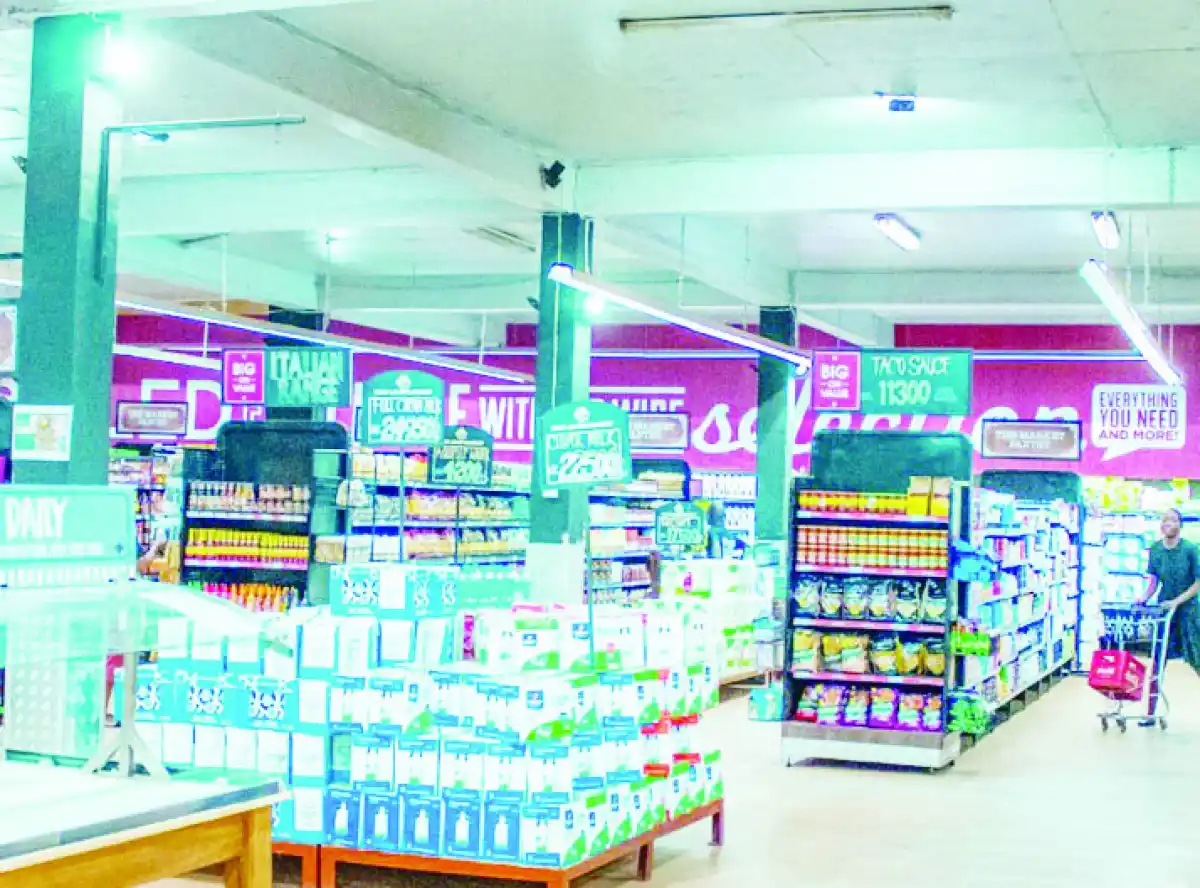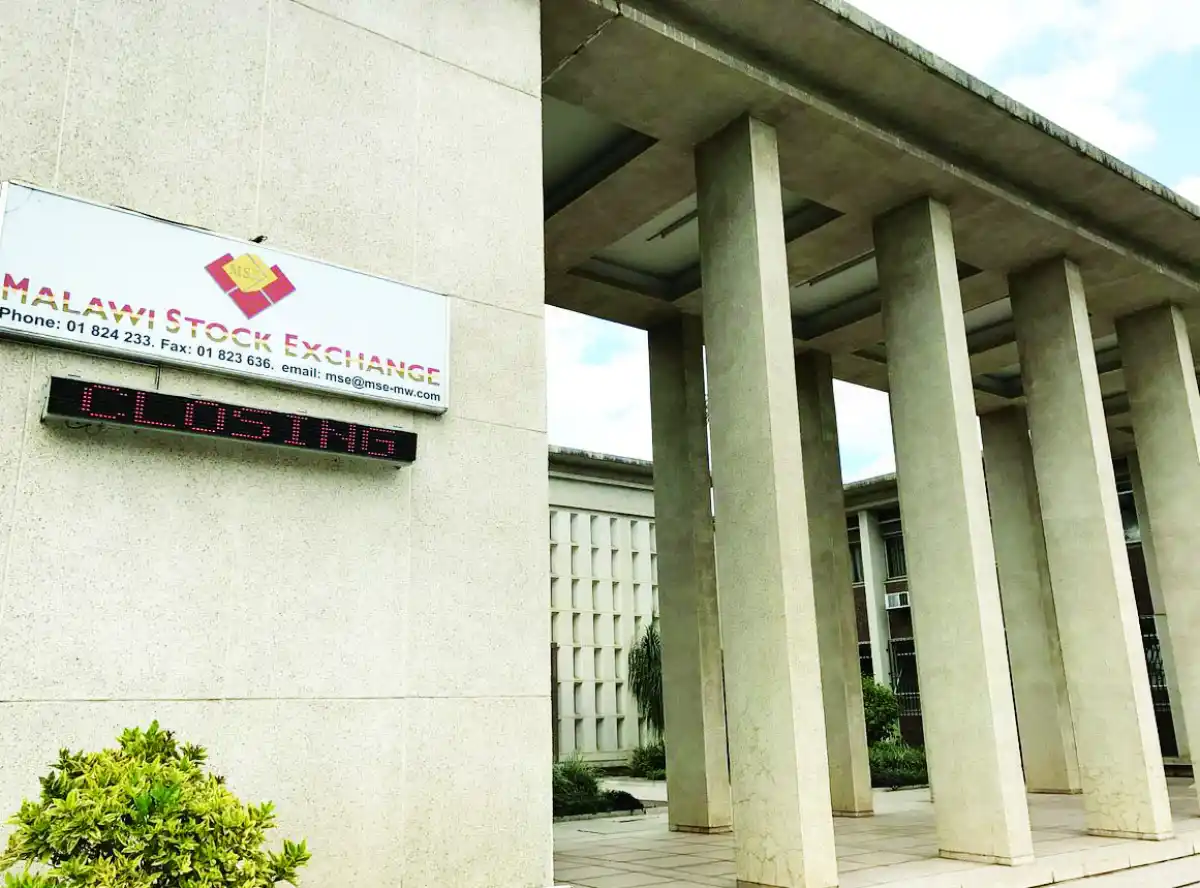
By Benadetta Chiwanda Mia:
In March 2016, Malawi launched the Buy Malawi Strategy, a government programme aimed at promoting consumption of locally produced goods and services. It is part of an initiative by the government to ensure import substitution for the landlocked Malawi, which has been a predominantly consuming and importing nation. However, the aspiration is yet to be met as Malawi remains in a fix evidenced by an acute shortage of forex and rising imports bill.
Asante Phiri does not think twice when she enters any retail shop for basic needs. Her shopping basket is always filled with food items and other necessities, but all made outside Malawi.
Asked why, she says imported products are of high quality, comparatively, and readily available on the market.
“Of course I am aware of other local brands, but this choice is based on my experience with the product and not necessarily where it is made. I have used other brands before, both made locally and some from outside the country and I did not have a good experience with them, hence settling for this brand,” she says.
Within Goliyo Area in Ndirande Township of Blantyre, a local trader Mustafa Mussa has his shop well stocked with both locally manufactured and imported products.
Mussa says the choice of products stocked in his shop is influenced by consumer preferences.
“I stock products from Malawi, Zambia, Tanzania and even some from Mozambique. When I want to place an order, I stock based on what products sell the most, and mostly the products I get from Zambia and Tanzania sell the most because of their quality,” Mussa said.
The scenarios are a tip on how the Buy Malawi Strategy— an initiative the government launched almost ten years ago to encourage Malawians purchase and consume locally produced goods and services—is far from attaining its objective.
The goal is to reduce imports, promote domestic businesses, and create jobs, ultimately shifting Malawi’s economy toward greater self-sufficiency.
However, nearly a decade later, a closer examination of Malawian markets reveals that many shelves remain dominated by imported products.
Currently, Malawi is grappling with a foreign exchange crisis, where import bills significantly exceed export earnings.
According to the World Bank’s latest Malawi Economic Monitor, the country’s trade deficit is projected to widen to approximately $2.3 billion by 2025, with imports expected to outpace exports.
This indicates a significant trade imbalance, as a trade deficit occurs when a country imports more goods and services than it exports.
The bank projects that Malawi’s exports will reach $1.79 billion in 2025, up from $1.4 billion recorded in 2024. However, imports are forecasted to rise to $4 billion, creating a substantial gap in the country’s trade balance.
This leads to the pressing question: Has the Buy Malawi Strategy achieved its goal of promoting locally produced goods?

Consumers Association of Malawi Executive Director John Kapito believes the strategy has been more of ‘rhetoric’.
“I think this was a programme without a clear strategy or focus. It seemed to be a concept imposed by donors from Europe, without fully considering the Malawian market.
“Even goods produced locally are often just value-added imports, not truly Malawian products. We have yet to reach a point where we convert our farmers’ outputs into authentic Malawian goods,” Kapito said.
Local producers echo these concerns. Manufacturers Association of Malawi Chairperson, Gloria Zimba, points out that high production costs combined with foreign exchange shortages make it difficult for local industries to scale and compete.
“The macroeconomic environment has not been conducive to producing affordable products. While we promote local production, not all products are made entirely from local raw materials; often, we still rely on imports for packaging and other inputs,” Zimba explained.
The high cost of procuring raw materials from abroad further undermines the competitiveness of locally produced goods.
For instance, companies that manufacture plastic bottles depend on polymer materials sourced from countries like China or India. As a result, these companies must secure foreign exchange to import the necessary polymers, pushing production costs higher.
While the strategy aimed to enhance demand for local goods, the reality remains stark.
Economic expert Marvin Banda emphasises that the current trade deficit and market composition highlight a predominance of imported products.
He attributes this ongoing predicament to various factors, including quality differentials between foreign and locally produced goods, high production costs, and inefficiencies.
With imports continuing to dominate, the strategy’s goal of reducing dependency on foreign goods feels increasingly elusive.

Minister of Trade Sosten Gwengwe acknowledges that while the Buy Malawi Strategy relies heavily on moral persuasion and patriotism to prioritise locally made goods over imports, positive changes are being registered.
“What we have seen this far is an increased presence of Malawian products on store shelves, which is encouraging. Many locally produced items are now of good quality and packaging having significantly improved.
“However, there is still much work ahead as we continue to import goods from the region and beyond,”
Malawi Confederation of Chambers of Commerce and Industry (MCCCI) President Wisely attributes the underperformance of the Buy Malawi Strategy to Malawians’ insatiable appetite for imports and low harsh operating environment for production.
“Given the purchasing power of most Malawians, consumers opt for cheaper products, regardless of their origin or quality. Our markets are flooded with smuggled goods that, having evaded taxes, are sold at lower prices. These become an attractive option for local consumers,” Phiri noted.
To achieve lasting success for the Buy Malawi Strategy, significant improvements in production processes, a focus on quality, and enhanced support for local businesses are essential.
While the strategy has undoubtedly led to some improvements, the path ahead remains challenging.
The government’s vision of a self-sufficient economy will require not just consumer patriotism, but systemic changes addressing production costs, market access, and industrial growth.
Reflecting on the past decade, it is clear that the Buy Malawi Strategy is but one piece of the puzzle in reshaping the country’s economic landscape. For meaningful change to occur, a concerted effort from consumers, businesses, and the government is required.








0 Comments